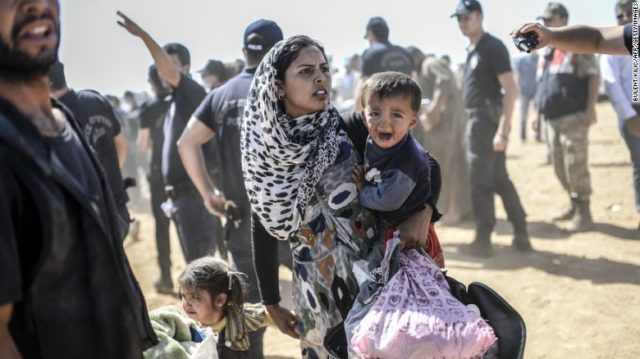
President Donald Trump expressed his continuing support for civilian “safe zones” during a phone call with Russian President Vladimir Putin on Tuesday, according to reports in U.S. media. The conversation marks the first direct communication since the U.S. bombed a Syrian air base last month, and is a preliminary step in fulfilling one of his campaign promises.
To advance his proposal, President Trump will send a senior U.S. official to an upcoming round of peace talks in the Kazakh capital of Astana this week. Turkey, the United Nations, and Syrian opposition groups and regime representatives will all in attendance, but the talk’s format maximizes the interests of its sponsors, Russia and Iran. This will be the fourth round of negotiations outside the U.S.-backed Syria peace conference based in Geneva.
Talks to cement a long-lasting peace agreement, or even the limited buffer zones, still face obstacles from major actors in the conflict. On Wednesday, the Syrian National Coalition (SNC), an opposition group, said it was suspending its participation in the discussion because the Syrian government had continued its bombing raids in violation of a December ceasefire. A UN delegation urged the SNC rejoin the talks.
Meanwhile, Turkey has expressed support for the process but worries that more clearly delineated safe zones and borders will cement Kurdish influence in northern Syria. Representatives for President Assad also oppose any buffer zones for civilians because it would divide areas under de facto opposition control into demarcated and legitimated territory.
Moscow has the most power to push through a plan for safe zones and will have the most to gain if they are created. It will allow President Putin portray himself as a humanitarian and a willing partner by protecting Syrian civilians while simultaneously allowing him to bomb opposition targets – including U.S. supported groups – in the name of fighting Islamic State and al-Nusra Front, an al-Qaeda-linked jihadist group.





